© ROOT-NATION.com - Use of content is permitted with a backlink.
Laser weapons, their potential, and the likelihood of their appearance on battlefields have always sparked considerable debate. Nevertheless, one way or another, they are steadily paving their way into the future.
Humanity has always strived to explore and create something new—new products, new gadgets, new types of weaponry. That’s just human nature. The same applies to laser weapons, which are no longer the stuff of science fiction. Over the past 30 years, the world’s leading armies have come closer to developing actual laser weapons. As with any cutting-edge technology at the forefront of progress, laser weapon development programs face certain challenges. However, despite these setbacks, there is increasing evidence that laser weapons will soon be part of the arsenal of leading military forces around the world.
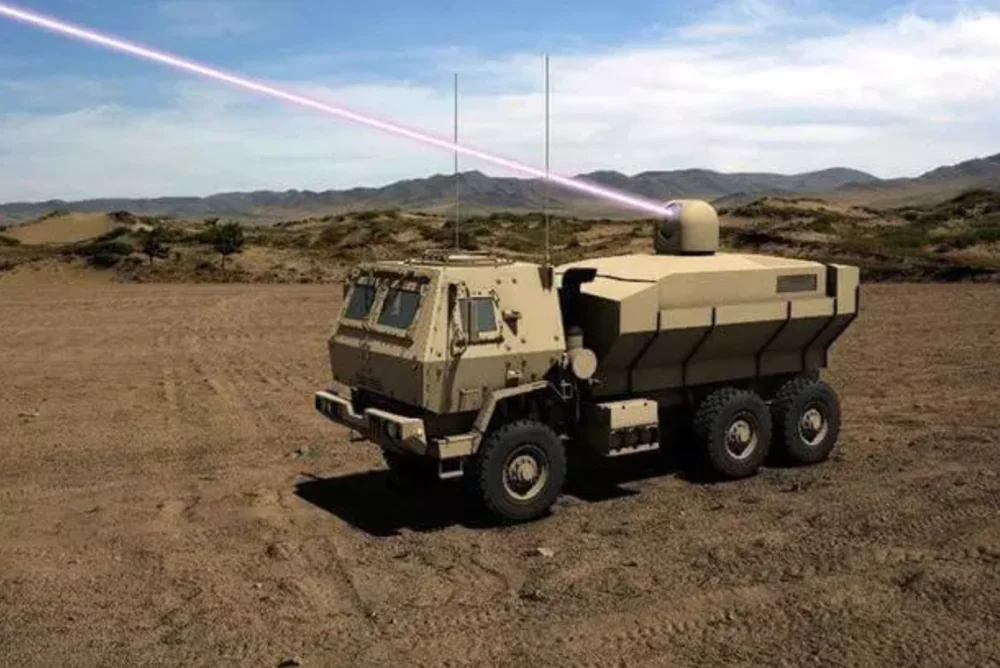
Although most people who are not familiar with military technology still believe that lasers as weapons are purely elements of science fiction movies, this is far from true. Since the 1980s, the first laser technologies began to be actively used in industry, and by the 1990s, they found their way into consumer electronics (for example, compact discs, which are read by lasers). Later, lasers were also adopted in fields like medicine (for diagnostics, vision correction, and surgery), navigation, and space exploration. Today, lasers are even used to etch designs onto small trinkets.
Lasers have also been used in the military for a long time, and over the past five years, they have been discussed as a promising type of weaponry capable of changing the course of not just individual battles but entire wars. In other words, laser systems have the potential to effectively replace entire classes of traditional weapons.
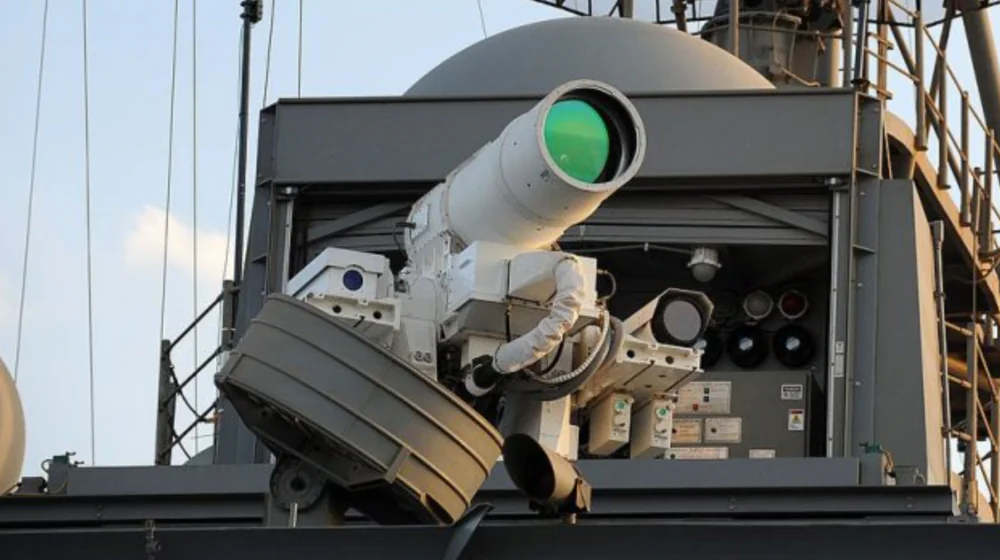
Today, we will try to understand what this type of weapon is, what combat laser systems are currently capable of, and what the prospects are for their appearance on the battlefield in the near future.
Read also: Weapons of Ukraine’s Victory That Changed the Course of War
Just a quick word about the laser
In our usual articles about complex weapons, we often need to show something and provide detailed descriptions. But in this case, you already have a good idea of what it is… at least, how it looks from the outside.
In short, a laser (an acronym for Light Amplification by Stimulated Emission of Radiation) is a device that generates a narrow and powerful beam of coherent light through a process known as stimulated emission. The main components of a laser include the active medium (a substance capable of amplifying light), a pump source (to provide energy), and a resonator (typically consisting of two mirrors with the active medium positioned between them).
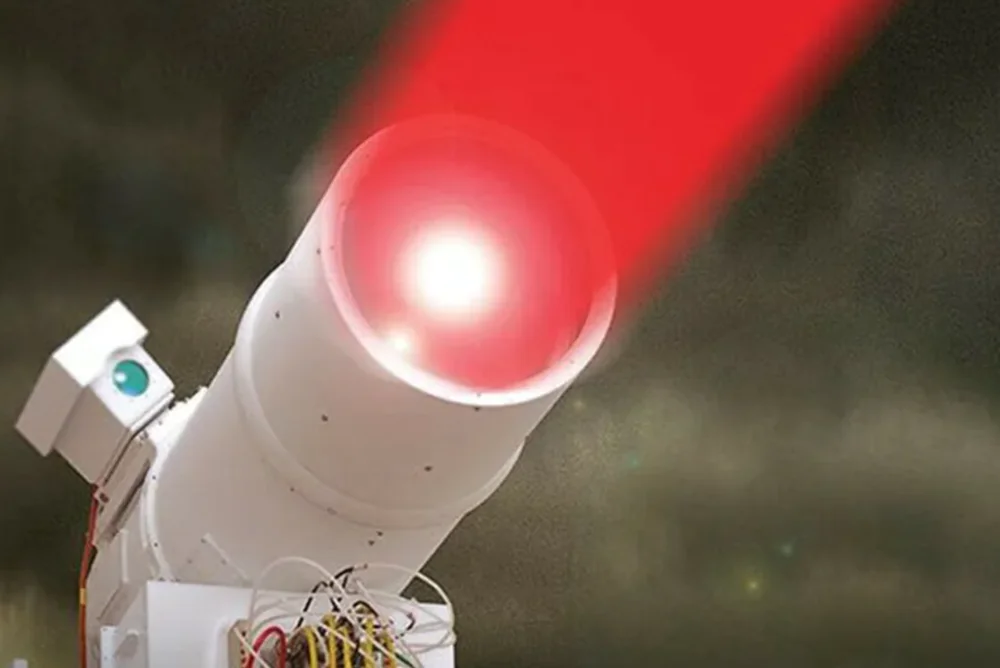
In essence, the technology behind laser radiation relies on three important components: coherence (the light waves have the same phase, allowing for the creation of a very narrow and focused beam), monochromaticity (lasers can generate light of a specific wavelength, or color), and high intensity (laser radiation can produce very high energy per unit of area).
So, a laser is a source of stimulated emission. Among elementary particles, there is a phenomenon called a photon (a fundamental particle). This particle has no mass or size and exists only in motion at the speed of light. Photons, simply put, create the visible world around us, and we absorb different forms of their radiation. However, these are spontaneous emissions.
Stimulated emissions, on the other hand, are what make a laser. In this case, an atom emits a photon under the influence of another photon, amplifying light in a single direction. This explanation is quite simplified and even less detailed than “using fingers,” but it’s sufficient for our discussion.
Read also:
- Weapons of Ukraine’s Victory: Otokar Cobra II Armored Combat Vehicle
- Weapons of Ukrainian Victory: The 105mm 2-CT Hawkeye Self-Propelled Howitzer
Laser in the military sphere
Few people know this, but a laser pistol was actually developed at one point—in the USSR, back in 1984. Surprisingly, it was created for cosmonauts and was intended for unpredictable situations in space. The problem is that a regular pistol is of little use in zero gravity. According to researchers, a laser weapon could damage optical sensors or temporarily impair an enemy’s vision. However, the development of such a weapon was very costly, and its practical value remained questionable.
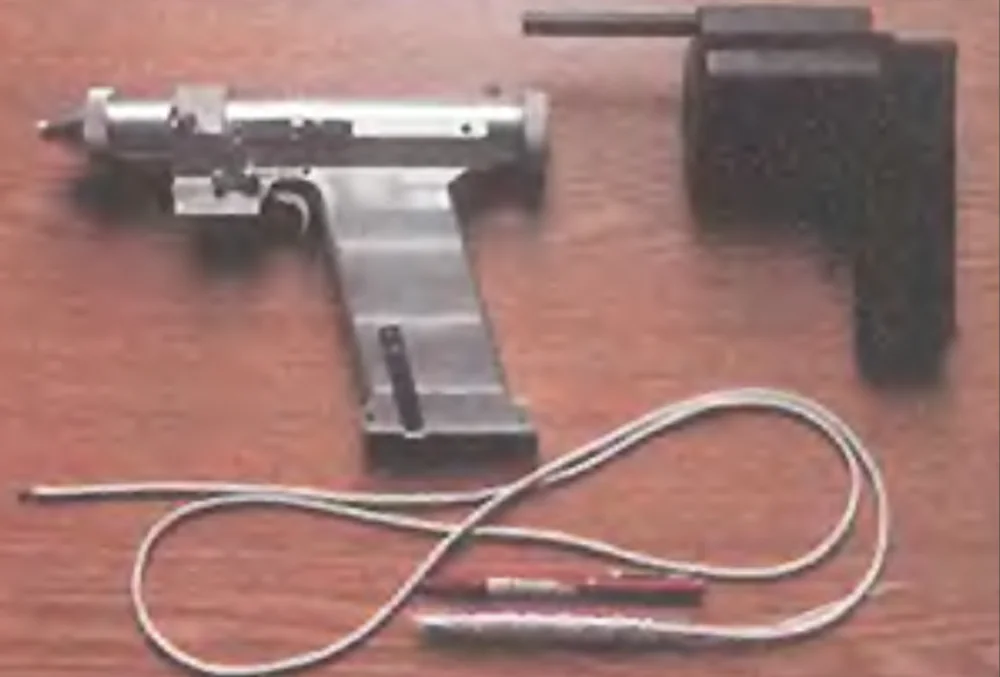
Lasers have been widely used in the military primarily as targeting systems. This includes not only the infamous red dot on an opponent’s forehead before a fatal shot but also for guiding bombs and missiles.
Read more:
- Weapons of Ukrainian Victory: Mistral Anti-Aircraft Missile System
- Weapons of Ukrainian Victory: Stridsbåt 90H (CB90) amphibious assault craft
Tactical laser
A laser sight typically falls under what’s known as “tactical gear” for rifles. Unlike traditional and optical sights, a laser sight ensures that the target is within the zone of impact. It is particularly useful in close combat situations, where rapid motor-visual coordination is needed while shooting from unstable positions or when quick reaction to a situation is crucial.
In other words, a laser sight is a device that uses a laser to enhance the accuracy of aiming a weapon, typically firearms or crossbows. It creates a bright, narrow beam of light that indicates the point where the bullet or arrow should hit when the trigger is pulled.

Зазвичай це використовується в оснащенні поліцейського спецназу, оскільки дозволяє швидко уразити злочинця, який тримає людей у заручниках, або просто швидко ліквідувати об’єкт з мінімальним ризиком. Військові, особливо снайпери, теж використовують лазерний цілевказівник, як правило, у місіях диверсійного характеру або розвідувальних операціях.
These lasers can be either visible or invisible (infrared). The latter is not detectable by the enemy unless they are equipped with night vision devices. However, the shooter also needs a night vision device (NVD), as the effectiveness of the laser sight is reduced without it. Additionally, using traditional sights becomes challenging with an NVD.
Furthermore, moving laser dots can seriously demoralize the enemy, increasing the likelihood of their surrender without a fight, as research and statistics indicate.
It’s worth noting that while lasers enhance accuracy and speed, they can sometimes lead to the shooter being exposed. Additionally, lasers are effective at close ranges, but at longer distances, where the bullet’s trajectory is more complex and requires ballistic calculations, lead time, and adjustments, a direct beam is less useful. Therefore, a sniper typically decides for themselves whether a laser sight is necessary.
Read also: Weapons of Ukrainian Victory: Long-range AASM Hammer bombs
Laser targeting
Laser targeting is a crucial component of fire control systems on the battlefield. It is most commonly used in combat aviation and is a form of precision weaponry. The use of laser guidance for aerial bombs began as far back as the 1960s.
The laser targeting technology itself is employed for precise control of weapons or other munitions (such as bombs, missiles, or artillery shells) to a designated target using a laser beam.
How does laser guidance work? First, the target is designated. A special device, which can be mounted on an aircraft, ground vehicle, or operated from the ground, emits a laser beam at the target. This beam is invisible to the human eye but is easily detected by sensors. The laser beam then reflects off the target, creating a so-called “laser spot” that can be picked up by the guidance system on the munition.
A combat warhead equipped with sensors locates and tracks the reflected “laser spot.” Once the target is acquired, the munition adjusts its flight path to precisely strike the designated point. Throughout its flight, the munition’s sensors continuously monitor the position of the “laser spot” and make adjustments to its trajectory, ensuring accurate impact.
Laser guidance has become widely used in modern warfare, particularly for laser-guided bombs. These munitions are launched from aircraft and precisely hit targets marked by a laser.
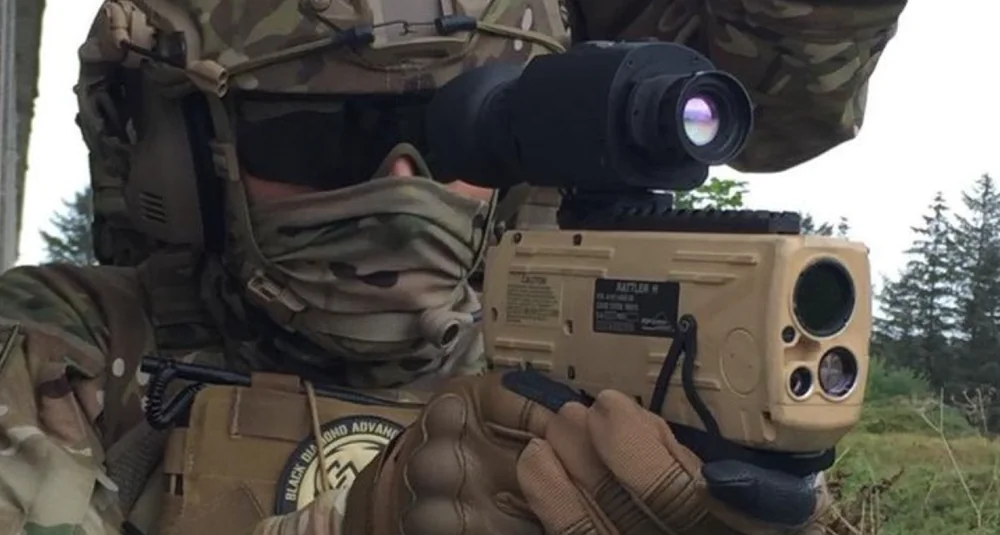
Some anti-tank guided missile (ATGM) systems also use laser guidance to target armored vehicles. Additionally, militaries frequently employ artillery shells that are laser-guided to strike important targets at long distances. This has made modern artillery a crucial component on the battlefield.
Of course, the main advantage of laser guidance is its high accuracy. The system allows for very precise targeting, minimizing collateral damage. Equally important is the convenience of laser guidance in combat; a laser designation can be shifted to another target during the fight, enabling rapid adjustments to the tactical situation.
Moreover, using laser guidance minimizes environmental impact. It allows for avoiding powerful munitions with wide-area effects, reducing the risk of collateral damage.
However, laser technologies have significant drawbacks. Primarily, weather conditions can affect the accuracy and effectiveness of laser targeting. Smoke, fog, heavy rain, or dust can reduce the effectiveness of laser guidance by scattering the laser beam.
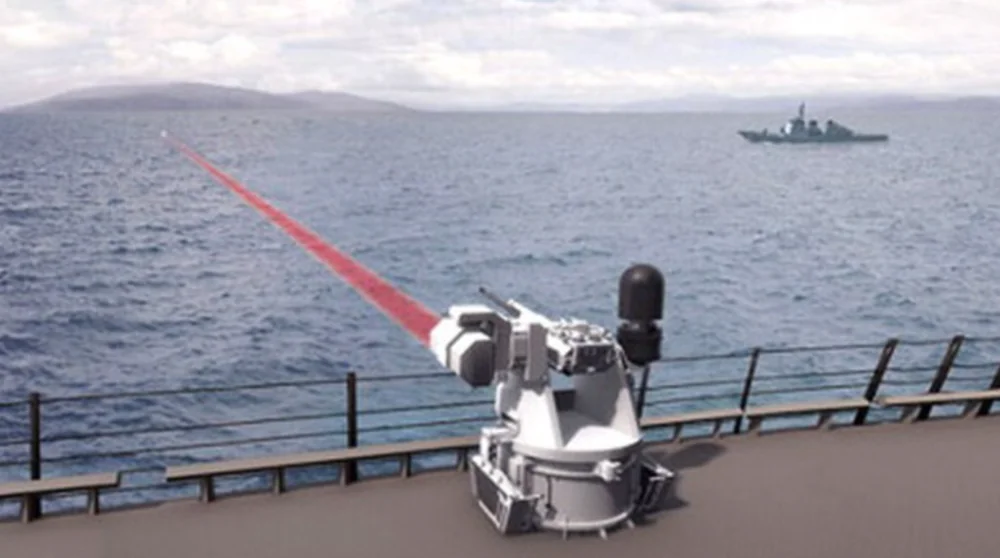
Additionally, the system requires a direct line of sight between the laser and the target, which can be problematic in complex terrain. Modern technologies also include countermeasures against laser guidance, such as smoke screens or laser jammers.
Nevertheless, laser targeting remains one of the key technologies in modern precision weaponry, enabling desired results with minimal collateral damage.
Read also: Weapons of Ukrainian victory: Skynex anti-aircraft artillery systems from Rheinmetall
Lasers as a defense element
Modern tanks are protected not only by armor but also by active defense systems. Lasers can be used as part of these defense systems, providing an additional layer of protection and enhancing the survivability of combat vehicles on the battlefield.
Laser systems can also be integrated into Active Protection Systems (APS), which detect and intercept incoming enemy missiles or rocket-propelled grenades approaching the tank. Lasers can rapidly direct energy at the target to either destroy it or cause it to deviate from its course.
Lasers can also play a crucial role in blinding or temporarily disabling optical devices, such as sights or sensors on enemy tanks or anti-tank guided missile systems. This can significantly complicate targeting and accuracy, making it more difficult for the adversary to hit the tank.
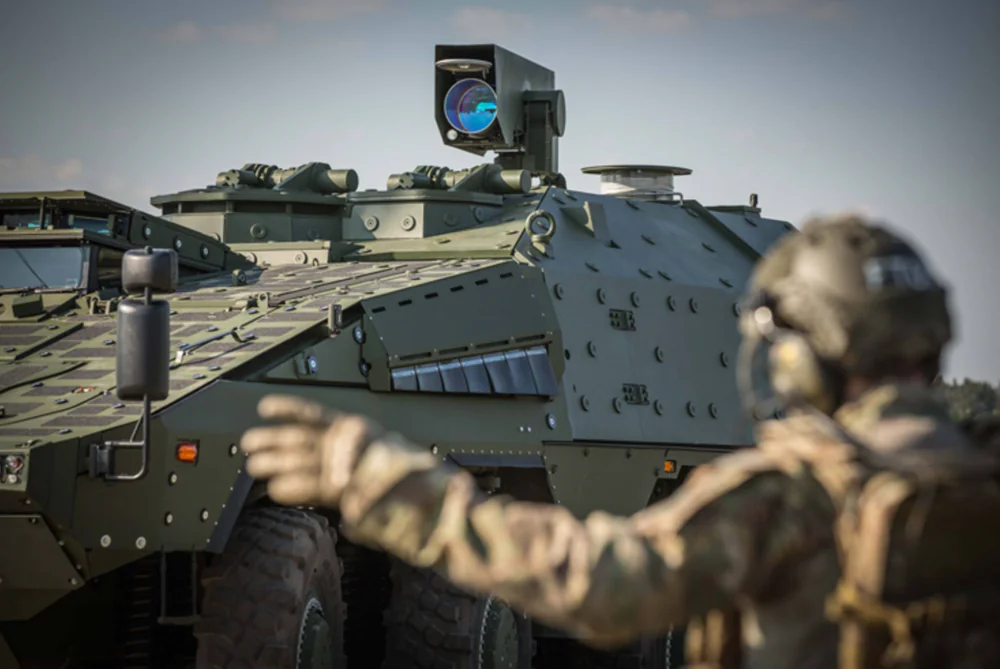
It’s also important to mention the detection and countering of enemy laser targeting systems used for guiding precision munitions. Some tanks are equipped with specialized sensors that detect when they are being illuminated by a laser, allowing the crew to react immediately and perform maneuvers to avoid a strike.
Lasers can also be effectively used to destroy or neutralize unmanned aerial vehicles (drones) that pose a threat to tanks. They provide a rapid means to eliminate a drone before it can strike or transmit information, which is crucial in modern combat situations.
Overall, lasers are becoming a crucial component in the comprehensive defensive systems of armored vehicles, providing both active and passive protection against various threats on the battlefield.
Read also:
- Weapons of Ukrainian Victory: The self-propelled 122 mm mortar system Rak
- Weapons of Ukrainian Victory: L3Harris VAMPIRE Multi-purpose System – “Drone Killer”
Laser rangefinder
A laser rangefinder is a device used to measure the distance to an object using laser emission. It operates on the principle of measuring the time it takes for a laser pulse to travel to the target and return to the receiver. This time measurement is used to calculate the distance to the target, taking into account the speed of light.
The main components of the laser rangefinder:
- Laser emitter: Generates a narrow beam of laser light that is emitted in the direction of the target.
- Receiver: Captures the laser signal after it is reflected from an object.
- Computing unit: Analyzes the time elapsed between the emission and reception of the laser pulse and calculates the distance to the target.
The principle of a laser rangefinder is quite simple. The laser emitter generates and sends a short pulse of light towards the target. Once the beam reaches the object, it reflects off and returns to the device. The receiver then picks up the returning pulse and measures the time elapsed from when it was emitted to when it returned. Based on this measured time, the rangefinder calculates the distance to the object. In fact, this distance is half the product of the speed of light and the round-trip time.

Laser rangefinders were once widely used in the civilian sector, including in surveying, construction, industry, sports, and tourism. However, their most important application remains in the military. Here, laser rangefinders are used for accurate distance measurement to targets, which is crucial for aiming and targeting weapons. They are mounted on tanks, artillery, and even used in handheld devices for infantry.
Read also: Weapons of Ukrainian Victory: Sonobot 5 surface drones
Advantages of laser rangefinders:
- High Accuracy: Laser rangefinders provide very precise distance measurements—down to the millimeter.
- Measurement Speed: Thanks to the high speed of light, measurements are almost instantaneous.
- Long Range: They can measure distances of several kilometers (depending on the model and conditions).
- Compact Size: Most laser rangefinders are small and portable, making them easy to use.
Laser rangefinders are used in various fields, providing fast and accurate distance measurements that enhance the efficiency and precision of various tasks.
Read also: Weapons of Ukrainian victory: Storm Shadow / SCALP-EG cruise missiles
New era of laser weapons
Everything we described above are primarily auxiliary components of weaponry. However, a laser by itself can also be a damaging element!
Today, for example, there are “non-lethal” laser systems used as part of police equipment. A laser rifle can cause burns or even ignite clothing on a suspect. While laser burns are very painful, they are not lethal or likely to cause severe injury, making them a preferred tool in some cases over firearms.
But these are just minor details. Developers have realized that a laser beam holds significant potential as a weapon.
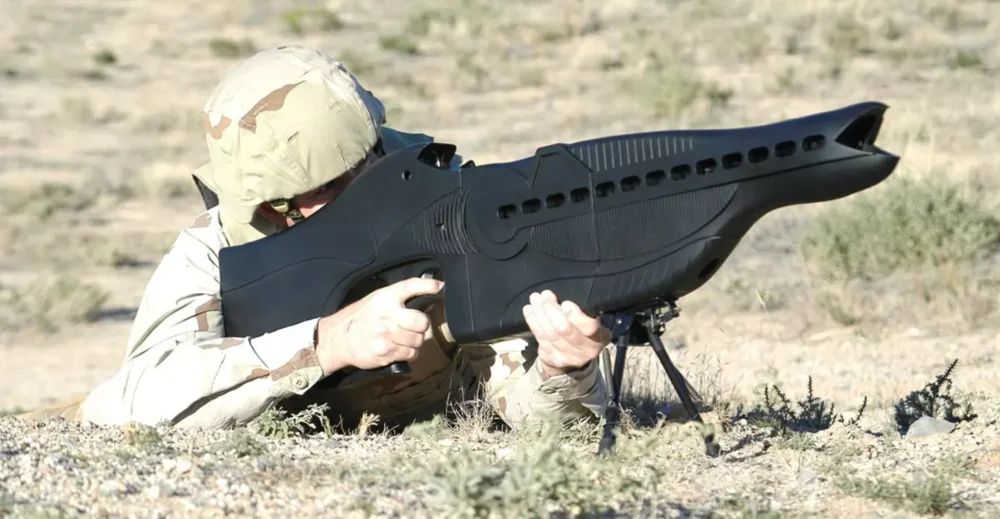
Lasers offer high precision and are unaffected by ballistic laws. Moreover, today there are no effective countermeasures against laser beams other than increasing the thickness of burn protection, which can be critical for many types of missile, aircraft, and protective gear casings. It’s also worth noting the rapid response upon target detection, as targeting and damage are highly automated.
All these impressive characteristics are undermined by one significant factor. A very high laser power is required; otherwise, it won’t have enough capability to burn through or ignite a target. Additionally, the power of the beam is affected by weather conditions and distance. Laser weapons require enormous energy reserves, making such weapons extremely bulky, conspicuous, and insufficiently mobile.
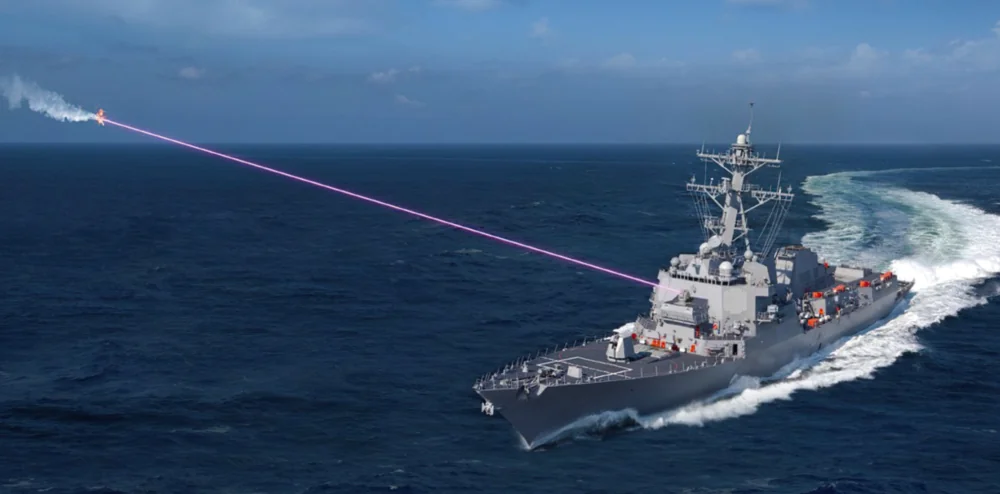
Nonetheless, the development of offensive laser systems began with the emergence of the first working prototypes, and serious systems appeared as early as the 1980s. The primary military branches expected to use lasers were air defense and missile defense, which is somewhat surprising.
“Traditional” target interception, involving radar, where various types of radar stations scout the skies and guide surface-to-air missiles, does not provide absolute results. Additionally, surface-to-air missile systems require a large number of personnel, equipment, and technology. Finally, a surface-to-air missile that explodes near a target and hits it with shrapnel does not always guarantee a successful shoot-down.
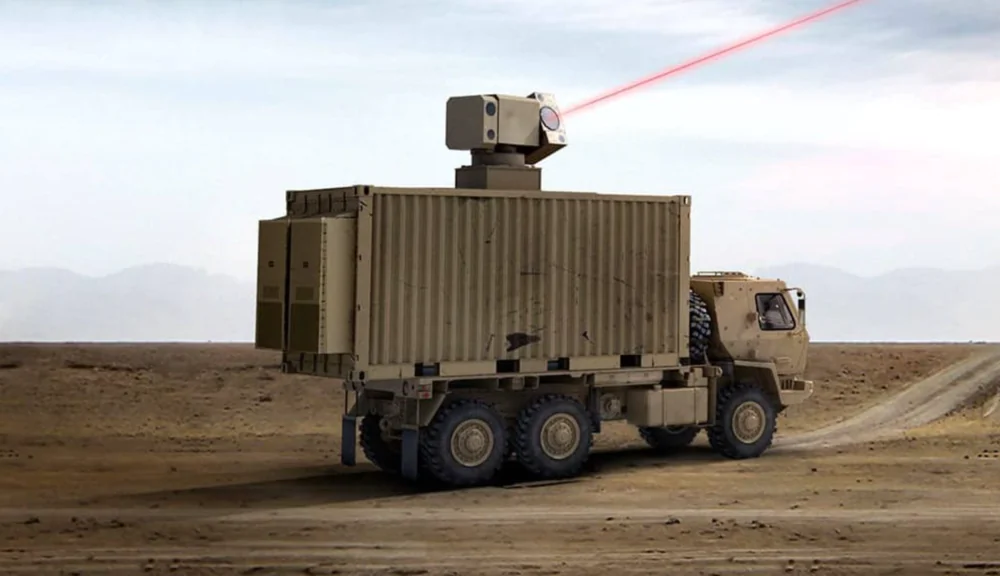
Laser systems, despite their bulkiness, could have yielded better results – a direct beam can reach even very small objects at great distances with high accuracy.
Of course, all these advantages could not go unnoticed. Various developments began, and the first prototypes appeared. Let’s talk about this in more detail.
Read also:
- Weapons of Ukrainian victory: Oshkosh M-ATV all-terrain armoured vehicles
- Weapons of Ukrainian Victory: JDAM system – How to turn a conventional bomb into a high-precision one
Development of laser weapons in the United States
The development of laser weapons in the U.S. is a crucial part of future defense strategies, with many projects at various stages of testing and implementation. Successful deployment of these technologies could significantly alter the nature of warfare in the future.
The U.S. has been actively working on laser weapons for several decades, and this technology is gradually approaching the stage of integration into operational military systems. Laser weapons are seen as a promising direction due to their ability to provide precise targeting with minimal cost and without the use of traditional ammunition. Let’s look at some of the laser weapon projects in the U.S.
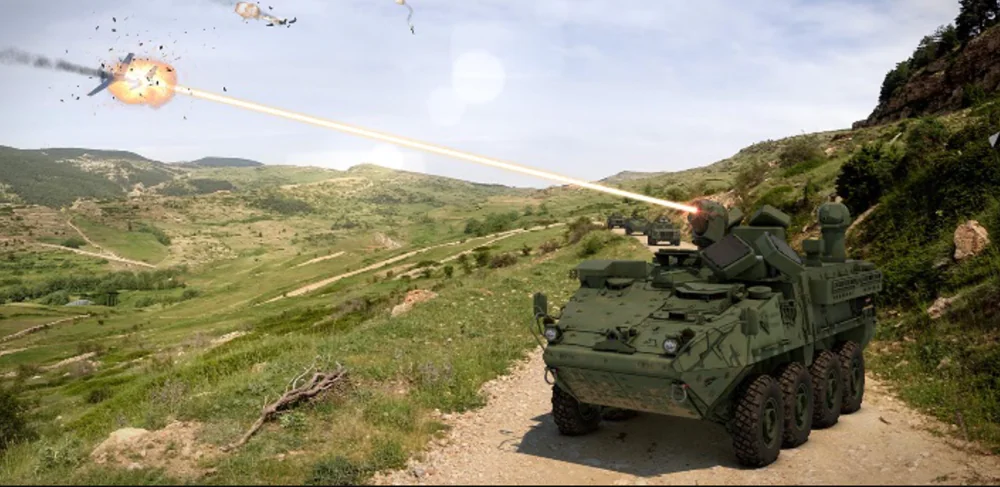
The goal of the High Energy Laser (HEL) program is to develop high-energy lasers to protect military platforms such as ships, aircraft, and ground vehicles from threats like missiles, drones, and artillery shells. HEL encompasses various technologies, including solid-state lasers and fiber-optic lasers. Solid-state lasers, which use crystals or glass, are capable of generating powerful beams sufficient to destroy or damage targets.
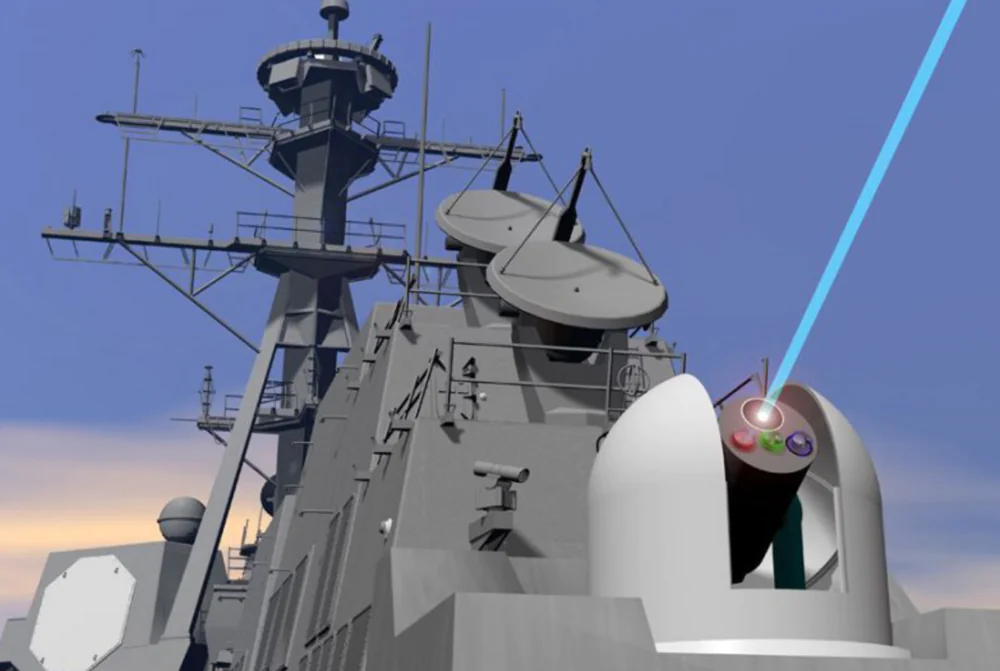
Laser weapons on U.S. Navy ships also deserve attention. One of the most well-known projects is the Laser Weapon System (LaWS), developed for the U.S. Navy. This system is installed on military vessels and is used to target small threats such as drones and fast boats. LaWS is capable of quickly and effectively destroying targets with high precision, which reduces the risk of collateral damage. The system uses a solid-state laser with adjustable power, allowing the weapon to be adapted to various types of threats.
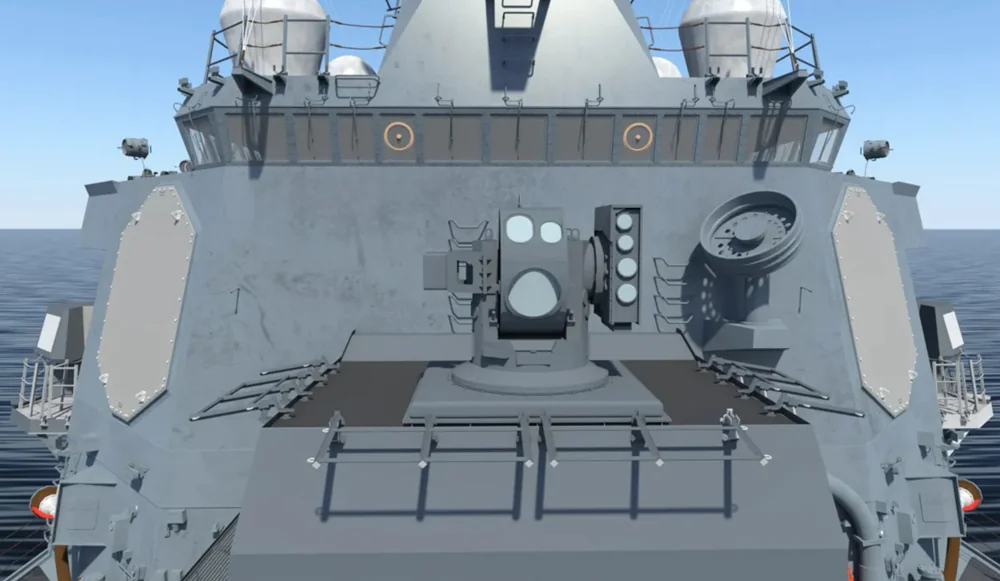
The High Energy Laser with Integrated Optical-dazzler and Surveillance (HELIOS) project represents the next step in the development of laser weapons for the U.S. Navy. This multifunctional system combines target destruction capabilities with the ability to disrupt enemy optical sensors. HELIOS is planned to be installed on Arleigh Burke-class destroyers to counter drones, cruise missiles, and other threats.

The SHiELD (Self-Protect High-Energy Laser Demonstrator) program is managed by the U.S. Air Force. The goal of this program is to develop laser weapons that can be mounted on aircraft to protect against enemy missiles. SHiELD aims to create a compact laser module capable of intercepting both air-to-air and surface-to-air missiles, significantly enhancing the survivability of military aircraft.
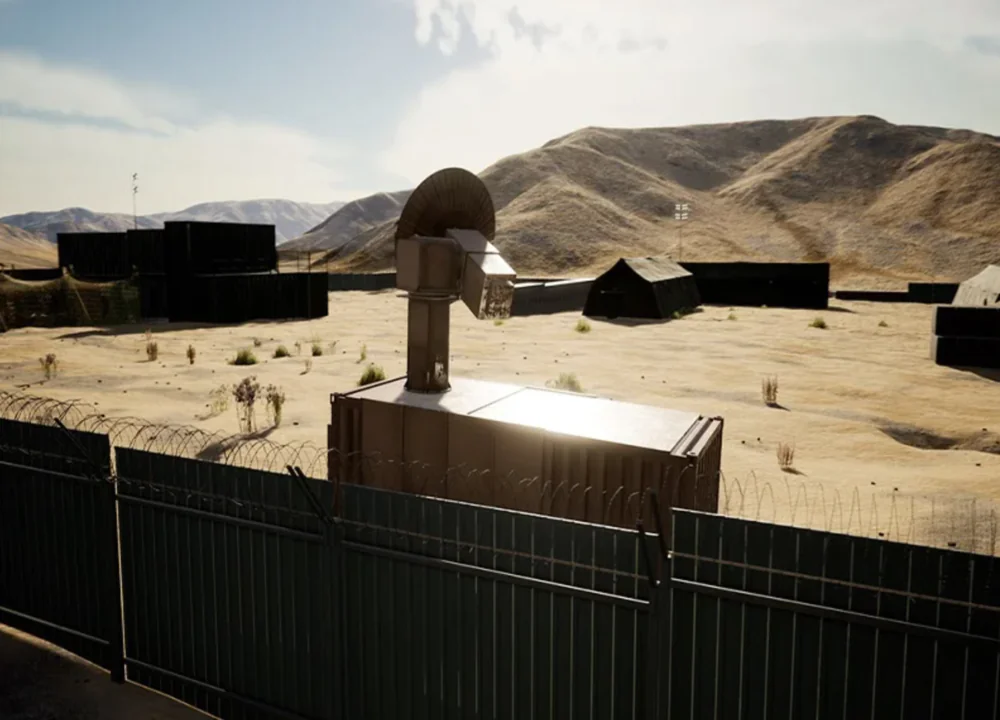
The THEL (Tactical High-Energy Laser) project is a joint effort between the U.S. and Israel to create a ground-based laser system capable of destroying artillery shells and missiles. Although the project was not fully realized, it laid the groundwork for further advancements in this field. THEL was one of the first real-world applications of laser weapons, demonstrating the capability to effectively destroy fast-moving threats.
Of course, all these developments are classified, so we only occasionally learn about some details of these projects.
Read also: Weapons of Ukrainian victory: Review of the Marder infantry fighting vehicle
Development of laser weapons in China
China is actively developing laser weapons to enhance its military capabilities and maintain competitiveness on the global stage. In China, laser weapons are viewed as a promising direction for defense, countering adversarial threats, and space control, particularly in the context of countering unmanned aerial vehicles (UAVs) and missile defense.
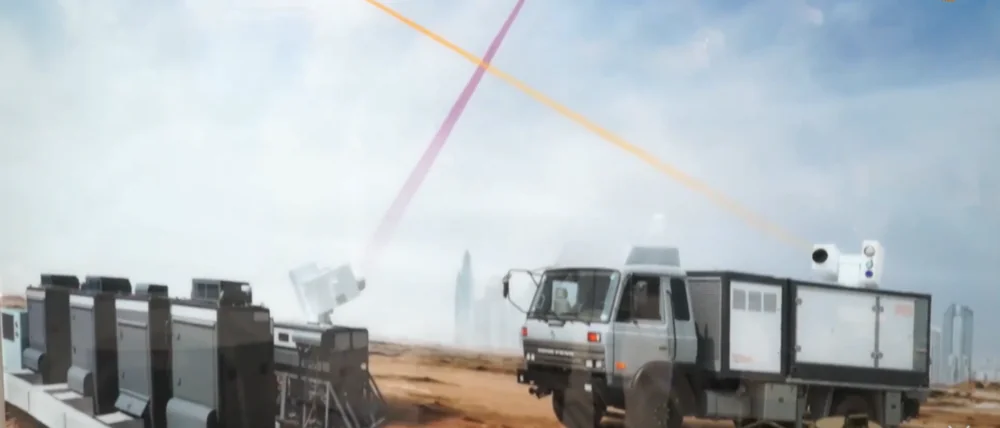
Among the projects to note is the Low Altitude Guard II. This Chinese laser system is designed to destroy small targets, such as drones, at low altitudes. The system has been showcased at several international exhibitions, reflecting China’s openness regarding the development of this technology. It uses a 30 kW solid-state laser. The LW-30 can be employed to neutralize unmanned aerial vehicles, disrupt missile guidance systems, and address other threats. The Chinese Navy and other units view the LW-30 as a means of defending against aerial threats, especially when rapid response to approaching enemies is required.
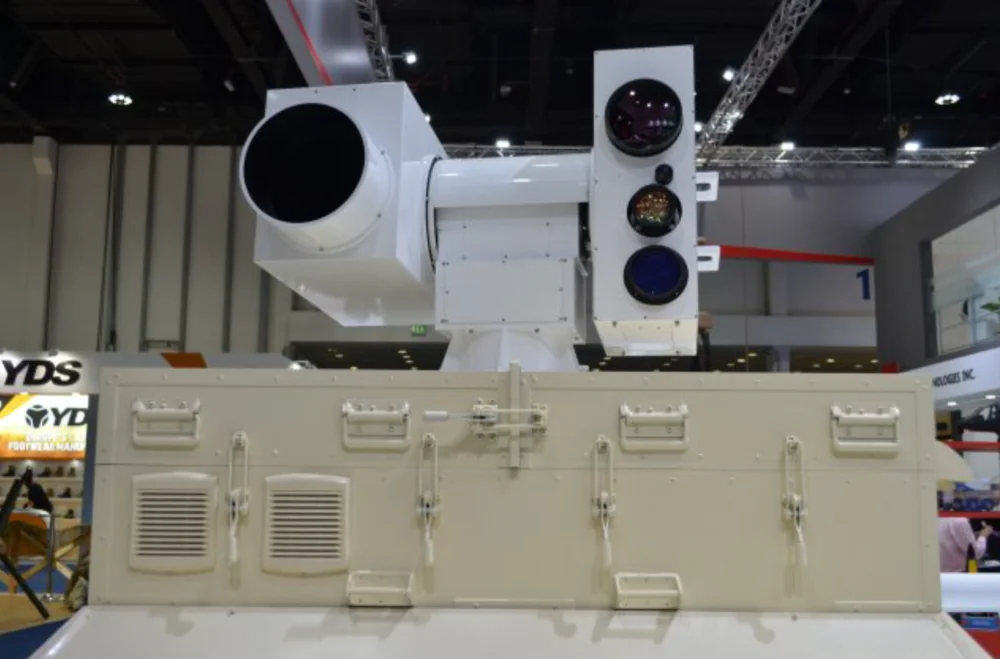
Another interesting development is Project Silent Hunter. This mobile laser system is capable of penetrating protected materials at distances of several hundred meters. It is designed to counter drones, vehicles, and other threats. The system has a power range of 30-100 kW, enabling it to destroy even well-armored targets at relatively long ranges. Silent Hunter can be used for protecting critical infrastructure, such as airports and military bases. It has been showcased at several international exhibitions, including Airshow China, indicating the advancement of Chinese laser technology on a global scale.
China is placing significant emphasis on developing laser systems to combat drones, which are becoming an increasing threat on the modern battlefield. The laser systems developed in China are designed for the rapid destruction of drones that could be used for reconnaissance or striking critical targets. Many of China’s anti-drone laser systems are capable of operating in fully automated mode, autonomously detecting, tracking, and destroying targets.
China continues to actively invest in the development of laser weapons, indicating serious intentions to enhance its defensive capabilities and gain a competitive edge on the battlefield of the future. These developments are becoming a crucial part of China’s strategy to modernize its armed forces.
Read also: Weapons of Ukrainian Victory: Stryker armored personnel carrier
Development of laser weapons in Israel
Israel is actively developing laser weapons, seeing them as an effective means to counter threats such as missile strikes, mortar attacks, and drone assaults. Israeli developments in this field are aimed at creating highly effective defense systems that can complement traditional air defense systems, such as the Iron Dome..
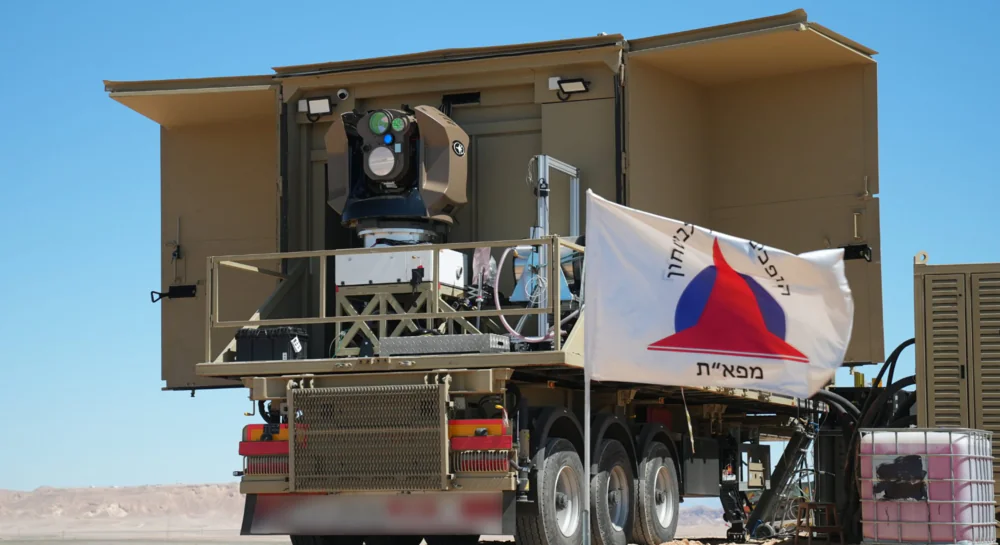
Iron Beam is the most well-known laser weapon project being developed in Israel. This system is designed to protect against various aerial threats, including missiles, mortar shells, and unmanned aerial vehicles. It uses a high-energy laser to intercept and destroy threats at relatively short ranges. The laser beam rapidly heats and destroys the shell or missile’s body, leading to its neutralization in flight. Iron Beam can operate at distances of up to 7 km and eliminate targets almost instantly after detection. This provides effective protection against mass attacks, where the number of threats exceeds the capabilities of traditional air defense systems. Key advantages of Iron Beam include its relatively low cost, as the system does not require expensive ammunition, and the ability to immediately engage targets without delays for reloading.
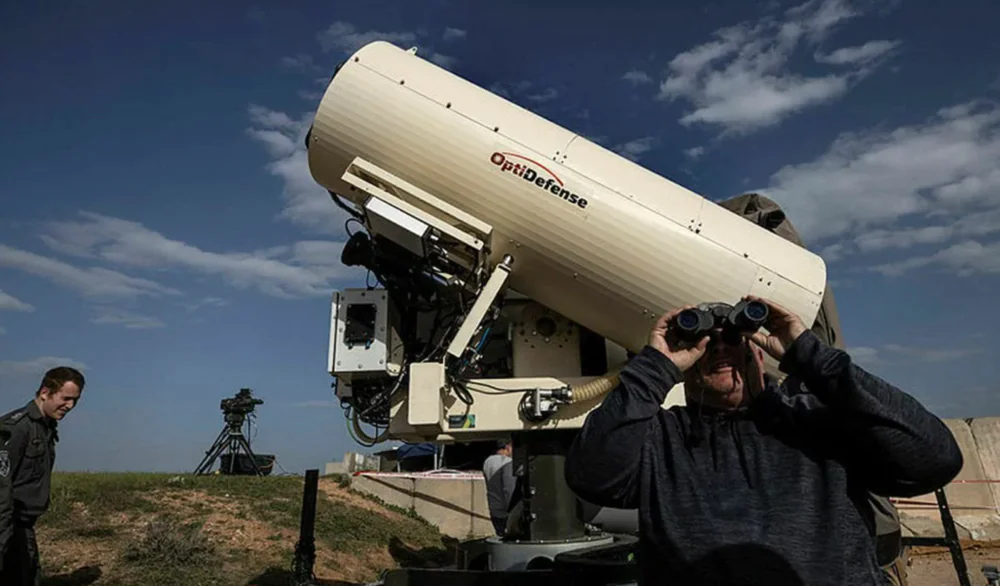
The Lahav Or (Ray of Light) project was developed to protect armored vehicles, such as tanks and armored personnel carriers, from various threats, including anti-tank missiles. Lahav Or uses laser beams to destroy or deflect enemy missiles before they reach their target. The system can be integrated with other active protection measures, providing a multi-layered defense for armored vehicles in modern combat scenarios.
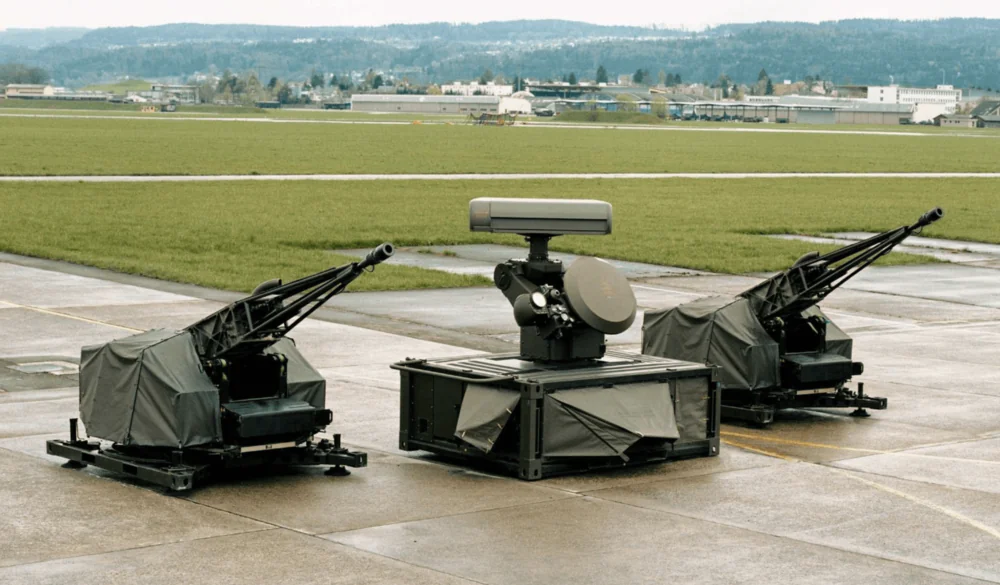
SkyShield is a laser defense system developed for both civilian and military airfields. It is designed to protect against missile attacks and shelling. The system can detect and neutralize threats at a significant distance from the airfield, greatly enhancing airspace security and reducing the risk of damage to infrastructure.
Israel is also working on developing mobile laser systems that can be mounted on vehicles to provide protection during troop movements or convoys. These systems can be used to neutralize threats in real-time, ensuring safety on the battlefield. Mobile laser systems can be employed in counter-terrorism operations and to enhance border security.
Read also:
- Weapons of Ukrainian Victory: M2 Bradley Infantry Fighting Vehicle
- Weapons of Ukrainian Victory: The SAMP/T Anti-Aircraft Missile Complex
Prospects for the development of laser weapons
The development of laser weapons is one of the most promising areas in military technology. It has the potential to shift the balance of power in future conflicts due to its unique characteristics.
However, lasers still have fundamental drawbacks, such as high energy consumption. This makes it challenging to create a compact and mobile system with sufficient destructive power. Atmospheric scattering, which significantly reduces energy, directly impacts effectiveness, as does the so-called “blooming effect,” where the laser beam loses focus and disperses energy. Therefore, lasers operate optimally only under ideal weather conditions, as sandstorms, rain, fog, and other precipitation can noticeably diminish their effectiveness.
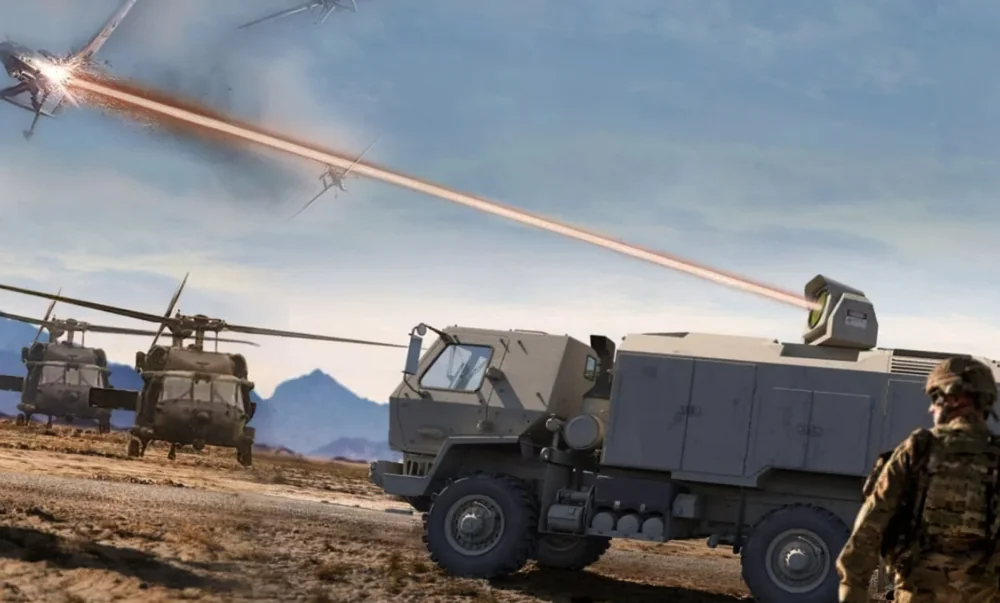
The list of laser weapon projects I provided is just a small sample, but you may have already noticed that drones are the predominant targets for laser air defense systems.
Laser weapons are becoming one of the most promising tools for combating drones. Using lasers to destroy or disable unmanned aerial vehicles (UAVs) offers several key advantages and aspects.
Laser weapons can precisely target drones and engage them within seconds. The laser beam destroys the target almost instantaneously after activation, allowing for the destruction of drones even while they are moving quickly. Additionally, laser systems can inflict damage on targets from a considerable distance, enabling the neutralization of drones before they approach critical assets or launch an attack. This is especially relevant for protecting military bases, ships, and key infrastructure.
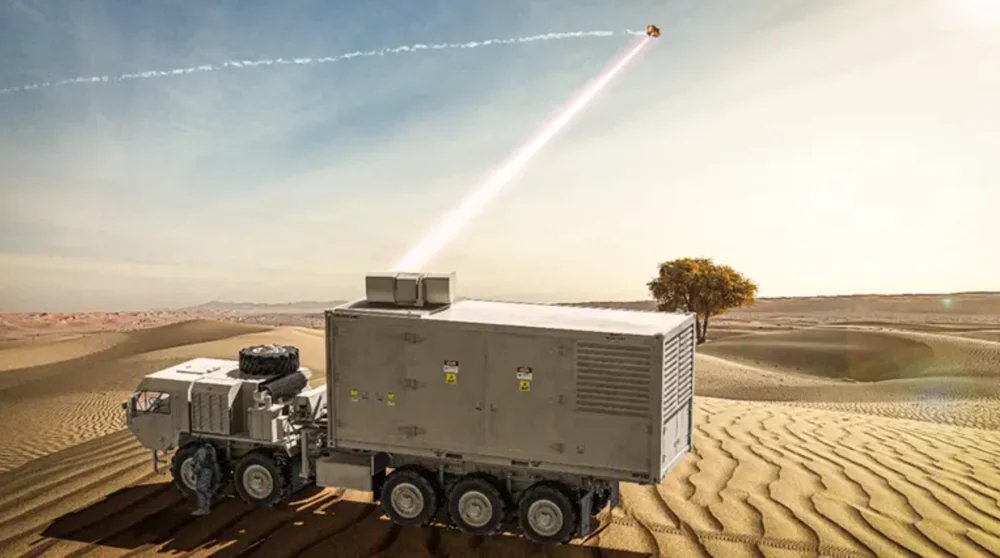
Many armed forces around the world are already actively testing and deploying laser systems for drone defense. For example, the United States, Israel, and China are leaders in this field, showcasing successful drone interception using laser weapons. Laser technology holds significant potential in combating drones, and its role in defending against unmanned threats is expected to grow even further in the future.
If you’re interested in articles and news about aviation and space technology, we invite you to check out our new project, AERONAUT.media.
Read also:
- ‘Neptunes’ knocked out ‘Moskva’ cruiser: All about these anti-ship cruise missiles
- Weapons of Ukrainian Victory: BAE Systems CV90 infantry fighting vehicle
- Weapons of Ukrainian Victory: Aspide Anti-Aircraft Missile System

